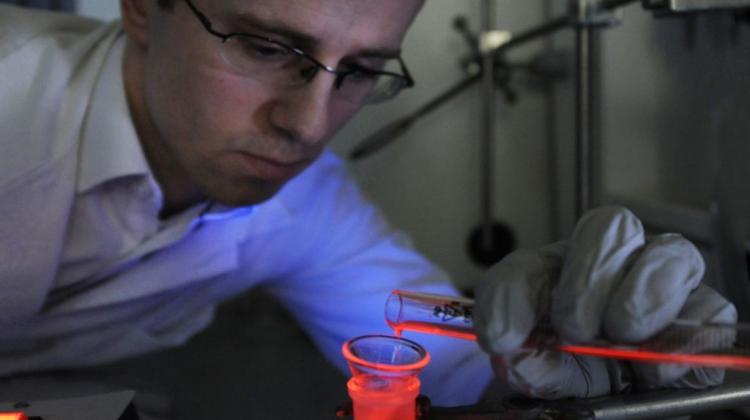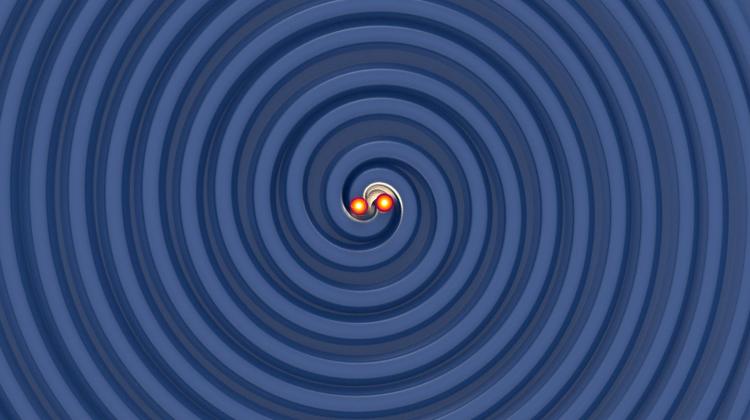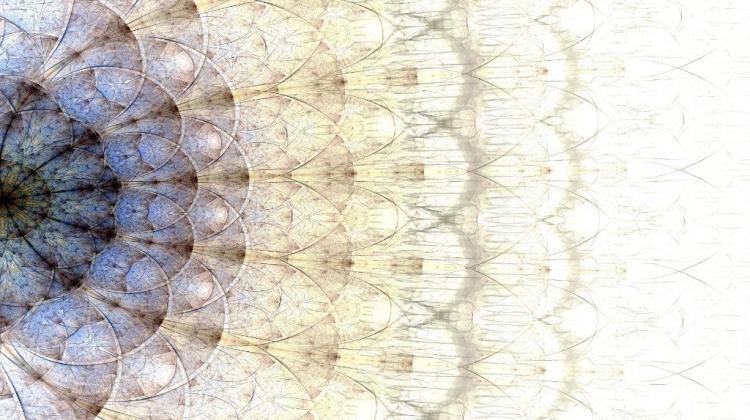Polish researchers developed new glowing compounds

Polish researchers at the Institute of Physical Chemistry PAS in Warsaw developed two new glowing compounds. They can be used, for example, to produce OLEDs and flexible medical patches used in anticancer therapies.
The search continues around the world for better materials for the production of light-emitting OLEDs. Polish scientists have developed two new materials with record high lighting efficiency, reaching 90 percent - announced the Institute in the release sent to PAP.
"Both carefully designed compounds have record lighting performance in their class. We know red emitters with slightly greater efficiency, with iridium, but it is a completely different type of materials" - reported Prof. Marek Pietraszkiewicz from the Institute of Physical Chemistry PAS.
The materials have been constructed using oxygenated organic compounds containing phosphorus-carbon bond, called phosphine oxides, with europium ion. "We attached complex phosphine oxides to high rigidity europium complexes. As a result, the energy supplied to the molecule is not unnecessarily dissipated into vibrations or rotations. Instead of heat emission to the environment, we have increased performance and virtually monochromatic light" - explained Michał Maciejczyk, PhD student of International Doctoral Studies at the Institute of Physical Chemistry PAS.
A cooperating group of scientists from the University of St. Andrews in Scotland used the newly developed materials to build prototype OLEDs, which generate red colour light.
The new materials may find applications not only in OLED displays or lighting components, such as rear lights of motor vehicles, but also in flexible medical patches for use in anti-cancer therapies.
"Since the compounds with europium complexes in patches would emit light of exactly known wavelength, it could locally activate selected active substances, introduced earlier into patient\'s skin cells. During therapy, the patch would require only a small battery. Patient mobility would be minimally limited, and hospitalisation no longer needed" - explained researchers in the release sent to PAP.
The advantage of luminescent materials developed and produced at in the Institute of Physical Chemistry PAS is also their stability. They are not degradable by oxygen or light. Also important is the possibility to use solutions of these materials to produce layers.
According to the Institute, the existing production technologies of OLED layers typically require high vacuum. This method is very expensive, cumbersome and not always available, and it requires heating the material to 200-300 degrees Celsius, which is not tolerated well by all compounds. The problems disappear if layers can be applied directly from the solution - and this is possible for phosphine oxides with europium complexes.
Research at in the Institute of Physical Chemistry PAS into the light-emitting materials with europium complexes was carried out with funds from the National Science Centre.
PAP - Science and Scholarship in Poland
ekr/ agt/
tr. RL
Przed dodaniem komentarza prosimy o zapoznanie z Regulaminem forum serwisu Nauka w Polsce.

















